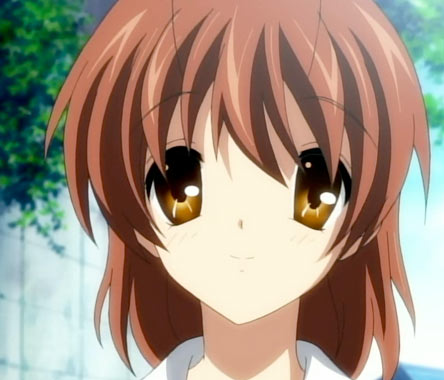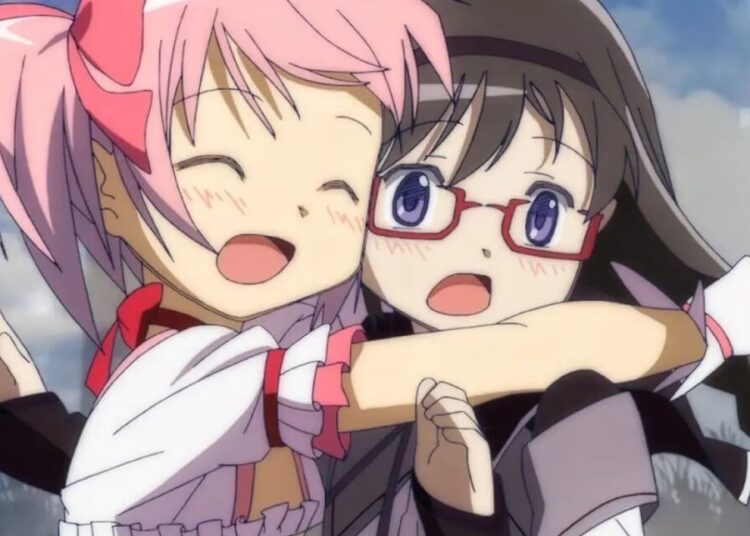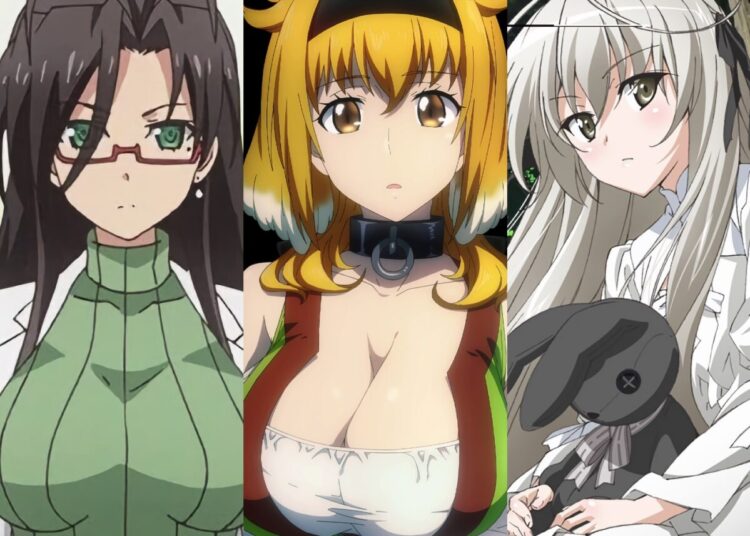Moé (pronounced mo-EH) is one of the primary concepts driving much of the anime world today, essentially occupying an entire sub-section inside the larger genre of Japanese animation, manga and games. Written with the character for “sprout” or “bud,” it has the same pronunciation as the word moeru “to burn,” and in many ways the meaning is closer to this word, essentially being translatable as “burning with passion for my favorite two-dimensional anime character.” Some consider the beginnings of moé — of anime characters so lovely they become the focal point for fans, beyond the wider setting and plot of a series — to be the character Claris from the classic Lupin III film Castle of Cagliostro by Hayao Miyazaki, and I agree: this is pretty much the point when venerable anime magazine Animage started increasing the number of color pages so they could print beautiful artwork featuring the popular female characters that fans demanded to see. It’s interesting to compare Claris with the current high-water mark of the genre, Clannad After Story, the second series based on the popular PC dating-sim game by Key, a “harem” type story about a circle of girls who are all secretly in love with the main character, Tomoya. Just look into the eyes of the character Nagisa — you can literally see galaxies swirling in them, and the emotions conveyed by the characters, including joy, sadness, love and anger, is really something to experience. Animation creators have never been better at pushing the emotional buttons of fans, and I hope they never stop.
















